Introduction: Simplifying and Decluttering Spaces with Minimalist Interior Design
Minimalist interior design is a popular trend in the world of interior design that is focused on simplicity, functionality, and the use of natural materials. The minimalist style is characterized by a clean and uncluttered look that creates a sense of calmness and tranquility in a space. This style is perfect for people who want to create a peaceful and relaxing environment in their homes or offices.
Minimalist interior design is all about simplifying and decluttering spaces. This means getting rid of unnecessary items and focusing on the essentials. By doing this, you can create a space that is not only aesthetically pleasing but also functional and practical.
What is Minimalist Interior Design?
Minimalist interior design is a style that is focused on simplicity, functionality, and the use of natural materials. This style is characterized by a clean and uncluttered look that creates a sense of calmness and tranquility in a space. The minimalist style is all about getting rid of unnecessary items and focusing on the essentials. By doing this, you can create a space that is not only aesthetically pleasing but also functional and practical.
In this article, we will explore the key principles of minimalist interior design and provide you with tips on how to create a minimalist space that is both beautiful and practical. From decluttering your space to choosing the right color palette, we will guide you through the process of creating a minimalist interior design that is perfect for your home or office.
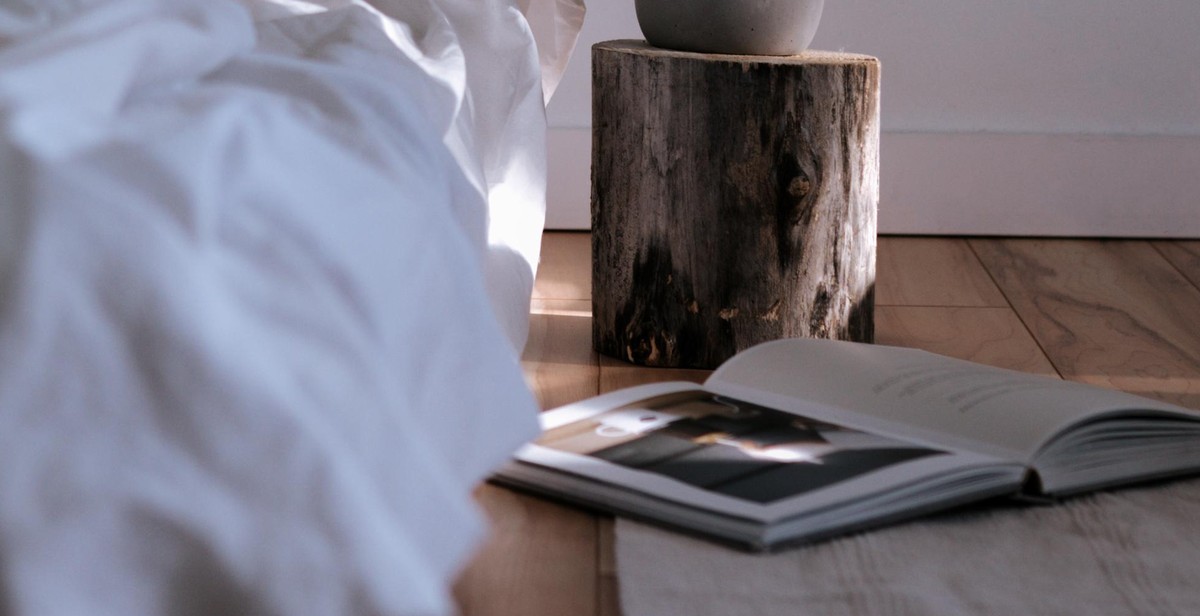
Benefits of Minimalist Interior Design
Minimalist interior design has become increasingly popular in recent years, and for good reason. This design style focuses on simplicity, functionality, and a lack of clutter. Here are just a few of the benefits of incorporating minimalist design into your home:
Reduced Stress and Anxiety
Cluttered spaces can contribute to feelings of stress and anxiety. Minimalist design eliminates unnecessary items and creates a calm and peaceful environment. With less visual clutter, your mind can relax and focus on what’s important.
Increased Focus and Productivity
A minimalist space can help you stay focused and productive. Without distractions from unnecessary items, you can concentrate on the task at hand. This is especially important for those who work from home or have a home office.
Improved Mood and Mental Clarity
A cluttered home can make you feel overwhelmed and stressed, which can negatively impact your mood and mental clarity. Minimalist design promotes a sense of order and simplicity, which can improve your overall well-being. With a clear and clutter-free space, you can focus on the things that truly matter.
Overall, minimalist interior design can have a positive impact on your physical and mental health. By simplifying and decluttering your space, you can create a peaceful and functional environment that promotes relaxation, focus, and productivity.

Simplifying and Decluttering Spaces
Minimalist interior design is all about simplicity and decluttering. To achieve this, you need to assess what you need and what you don’t, maximize storage space, and invest in multi-functional furniture.
Assessing What You Need and What You Don’t
The first step to creating a minimalist interior design is assessing what you need and what you don’t. This means taking a critical look at all the items in your space and deciding which ones are essential and which ones are not. You need to get rid of all the unnecessary items to create a clean and clutter-free space.
Maximizing Storage Space
Maximizing storage space is essential in minimalist interior design. You need to have enough storage space to keep all your essential items without cluttering your space. You can achieve this by investing in shelves, cabinets, and other storage solutions that are both functional and aesthetically pleasing.
Investing in Multi-Functional Furniture
Multi-functional furniture is a must-have in minimalist interior design. You need furniture that can serve more than one purpose to save on space and reduce clutter. For example, you can invest in a sofa bed that can double up as a guest bed or a coffee table with hidden storage compartments.
By simplifying and decluttering your space, you can create a minimalist interior design that is both functional and aesthetically pleasing.
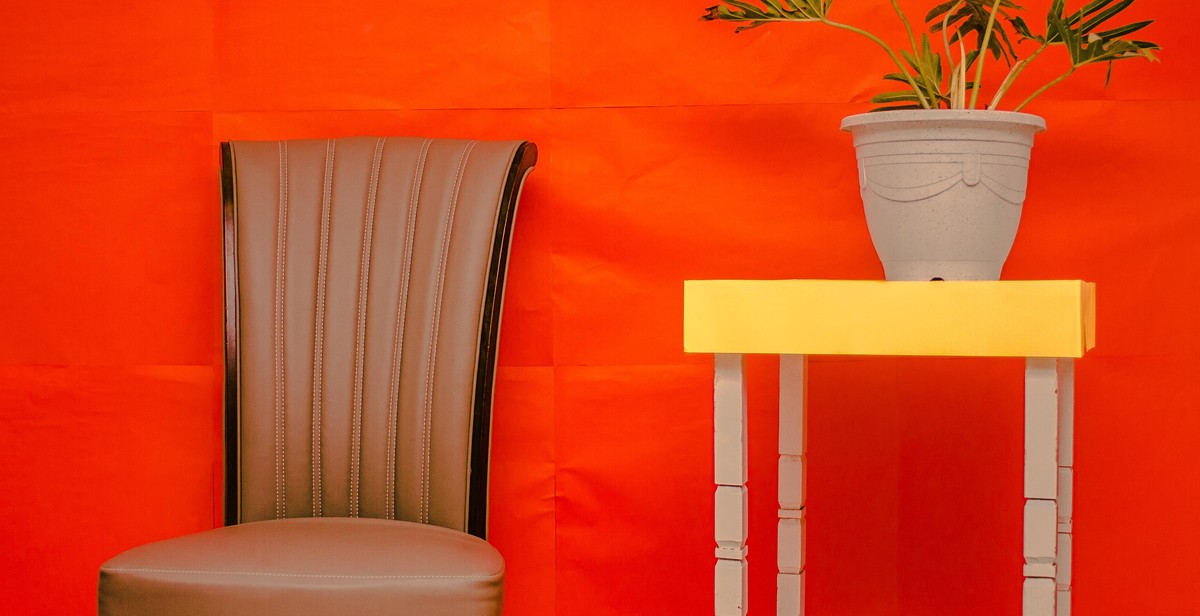
Choosing the Right Colors and Materials
When it comes to achieving a minimalist interior design, choosing the right colors and materials is crucial. Here are some tips to help you create a minimalist look:
Neutral Colors
Neutral colors are the foundation of minimalist interior design. These colors include white, beige, gray, and black. They create a calming and serene atmosphere, and they also make it easier to mix and match different pieces of furniture and decor.
Natural Materials
Natural materials are another key element of minimalist interior design. These include materials such as wood, stone, and metal. They bring a sense of warmth and texture to a space, and they also add a touch of nature to the design. Choosing natural materials also means choosing materials that are sustainable and long-lasting.
Textures and Patterns
While minimalist design is often associated with clean lines and simple shapes, textures and patterns can also play a role in creating a minimalist look. When incorporating textures and patterns, it’s important to keep them subtle and understated. For example, a textured rug or a patterned throw pillow can add interest to a space without overwhelming it.
By choosing neutral colors, natural materials, and subtle textures and patterns, you can create a minimalist interior design that is both calming and stylish.
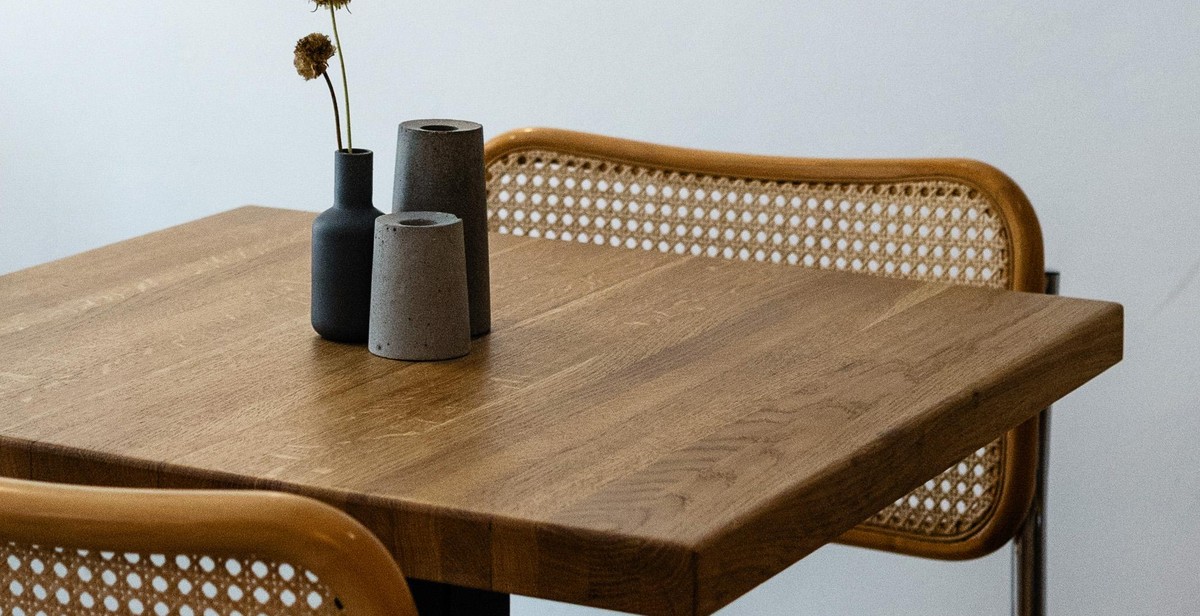
Lighting and Ambiance
Lighting is an essential element in creating a minimalist interior design. It can help to simplify and declutter spaces, while also creating a cozy and relaxing atmosphere. When it comes to lighting, there are two main types to consider: natural light and artificial light.
Natural Light
Natural light is the best source of light for any space. It not only provides a bright and airy feel but also has several health benefits. It can improve mood, reduce stress, and increase productivity. To maximize natural light in your minimalist interior design, consider using light-colored curtains or blinds that allow sunlight to filter through. You can also use mirrors strategically to reflect light and make the room appear brighter and more spacious.
Artificial Light
Artificial light is necessary when natural light is not enough or available. When selecting artificial lighting, it is essential to choose fixtures that complement the minimalist design and provide functional lighting. Avoid using too many fixtures to avoid cluttering the space. Instead, opt for a few statement pieces that create a focal point while providing the necessary lighting.
Creating a Cozy and Relaxing Atmosphere
In addition to providing functional lighting, lighting can also be used to create a cozy and relaxing atmosphere. Consider using warm, soft lighting in the bedroom and living areas to create a comfortable and inviting ambiance. You can also use dimmer switches to adjust the lighting to your preference and mood.
Overall, lighting plays a crucial role in creating a minimalist interior design. By maximizing natural light, selecting functional and minimalist fixtures, and creating a cozy atmosphere, you can achieve a simple, clutter-free, and relaxing space.
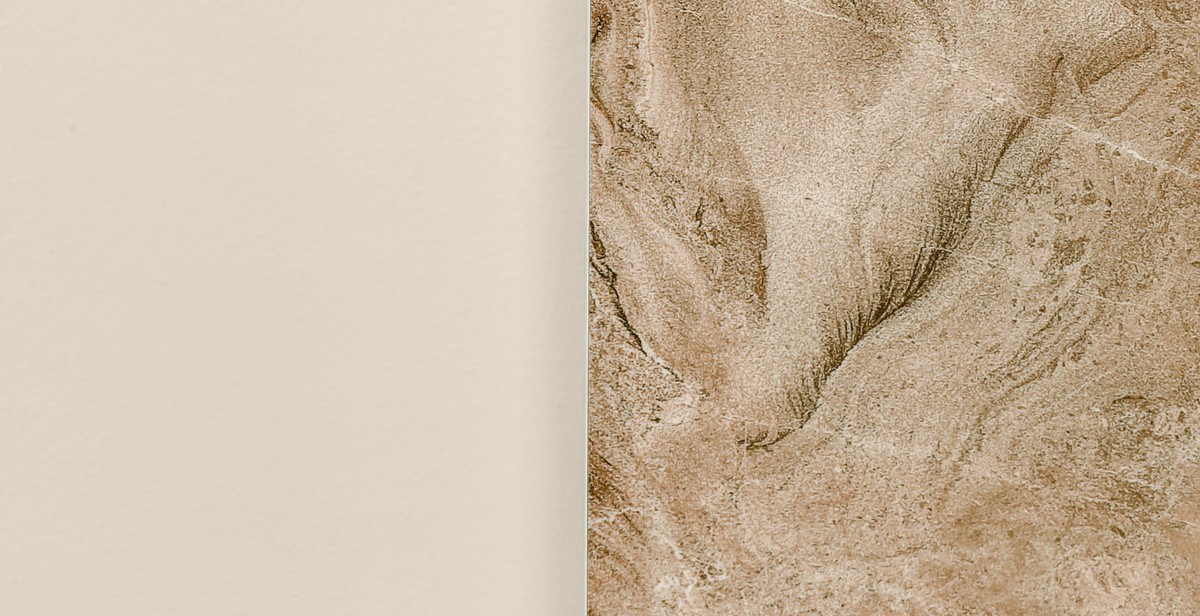
Bringing Nature Indoors
Incorporating natural elements into your minimalist interior design can add warmth, texture, and depth to your space. Here are some ways to bring nature indoors:
Plants and Greenery
Plants are a great way to add life to your minimalist space. They purify the air, reduce stress, and create a calming atmosphere. Choose plants that are easy to care for, such as succulents and snake plants. Place them in simple, neutral pots and arrange them in clusters or in a row on a windowsill. Hanging plants can also add interest to a room.
Natural Materials and Textures
Using natural materials and textures can add warmth and visual interest to a minimalist space. Consider using wood, stone, and woven materials like jute or linen. Choose furniture with clean lines and simple shapes, but with natural textures like a wooden coffee table or a woven rug. You can also add texture with throw pillows and blankets made from natural fibers.
Natural Colors
When it comes to color, stick to natural shades like beige, white, and gray. These colors create a calming atmosphere and serve as a backdrop for natural textures and greenery. You can also add pops of color with natural elements like a vase of flowers or a bowl of fruit.
By incorporating plants, natural materials, and natural colors into your minimalist interior design, you can create a space that is both calming and visually interesting.
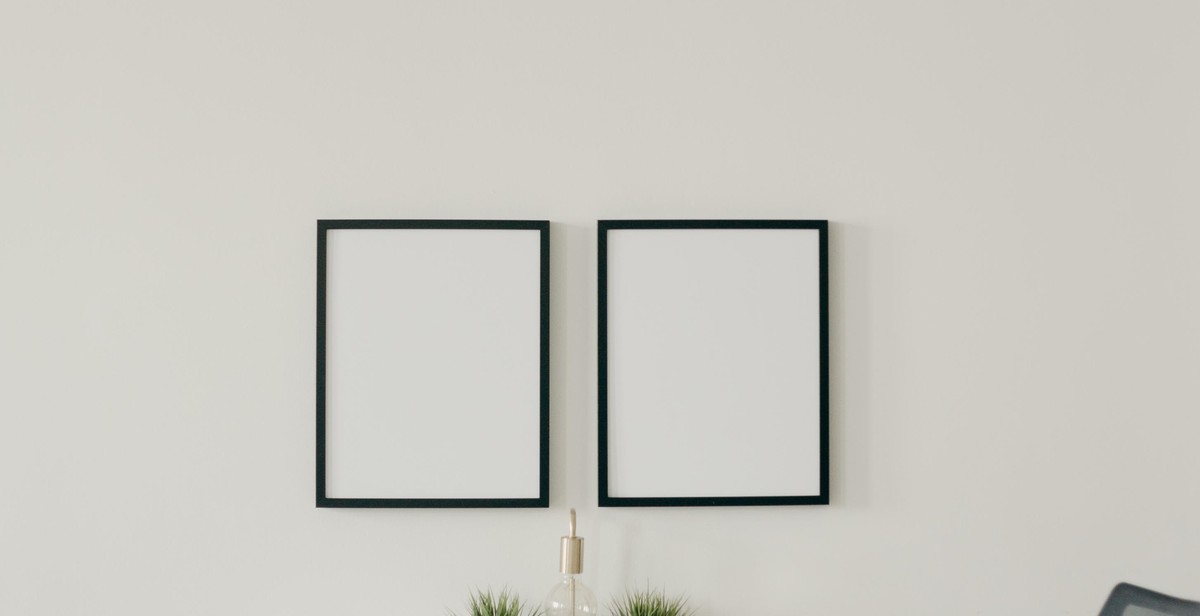
Conclusion
Creating a minimalist interior design is not just about aesthetics, it is a lifestyle choice that can bring peace, tranquility, and clarity to your home. By simplifying and decluttering your spaces, you can create a more functional and enjoyable living environment that fosters creativity, productivity, and relaxation.
Benefits of Minimalism
Minimalism has been shown to have a variety of benefits, including:
- Reducing stress and anxiety
- Improving focus and concentration
- Boosting creativity and productivity
- Promoting better sleep and relaxation
- Enhancing overall well-being and happiness
By embracing a minimalist lifestyle, you can enjoy these benefits and more.
Start Small
If you are new to minimalism, it can be overwhelming to try to declutter your entire home at once. Instead, start small by focusing on one room or area at a time. Set achievable goals and take it one step at a time. Remember, minimalism is a journey, not a destination.
Find Your Style
Minimalism is not a one-size-fits-all approach. There are many different styles of minimalism, from Scandinavian to Japanese to industrial. Explore different styles and find the one that resonates with you and your lifestyle.
Ultimately, creating a minimalist interior design is about simplifying your life and creating a home that reflects your values and priorities. By embracing minimalism, you can create a space that is both beautiful and functional, and enjoy the many benefits that come with a simpler, more intentional lifestyle.
